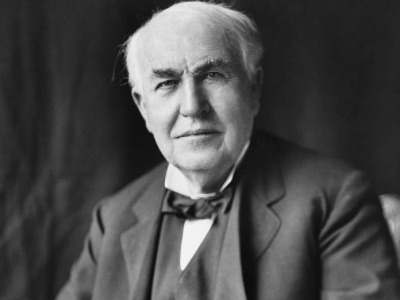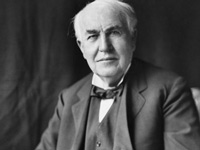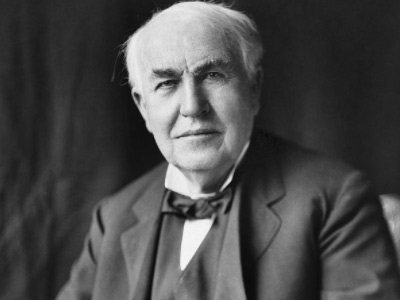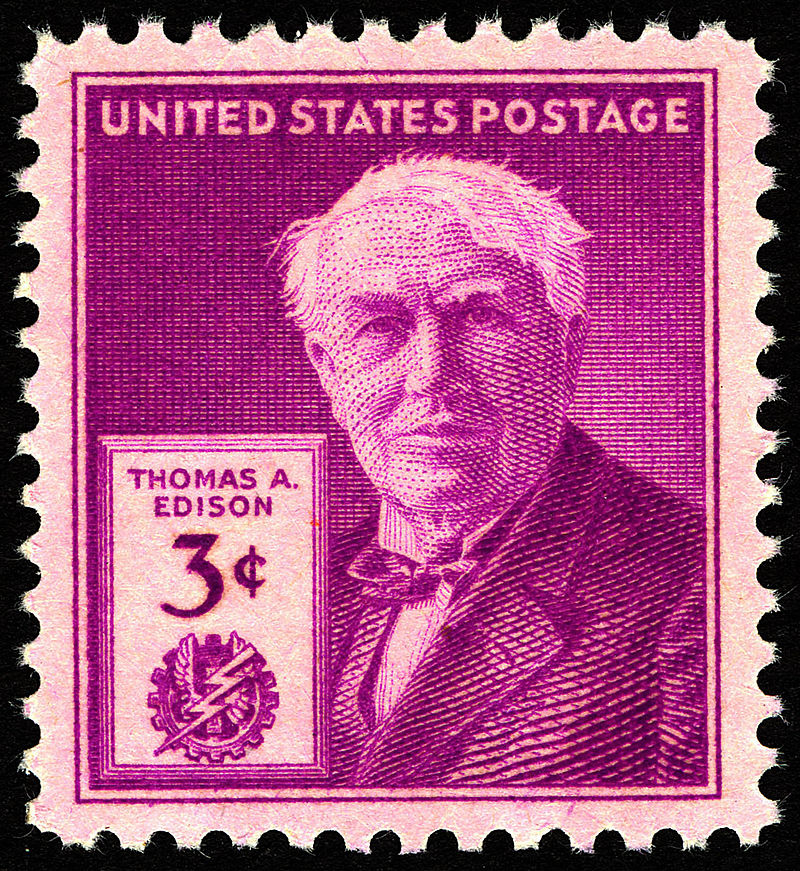Thomas Edison (1847-1931)

Carbon Telephone Transmitter
In 1876, Edison began work to improve the microphone for telephones (at that time called a "transmitter") by developing a carbon microphone that used a button of carbon that would change resistance with the pressure of sound waves. Up to that point, microphones, such as the ones developed by Johann Philipp Reis and Alexander Graham Bell, worked by generating a weak current. Edison was one of many inventors working on the problem of creating a usable microphone for telephony by having it modulate an electrical current passed through it. His work was concurrent with Emile Berliner's loose-contact carbon transmitter (who lost a later patent case against Edison over the carbon transmitters invention) and David Edward Hughes study and published paper on the physics of loose-contact carbon transmitters (work that Hughes did not bother to patent).
Edison used the carbon microphone concept in 1877 to create an improved telephone for Western Union. In 1886, Edison found a way to improve a Bell Telephone microphone, one that used loose-contact ground carbon, with his discovery that it worked far better if the carbon was roasted. This type was put in use in 1890 and was used in all telephones along with the Bell receiver until the 1980s.
HISTORY

RESOURCES
This article uses material from the Wikipedia article "Thomas Edison (1847-1931)", which is released under the Creative Commons Attribution-Share-Alike License 3.0.
© Stories Preschool. All Rights Reserved.










